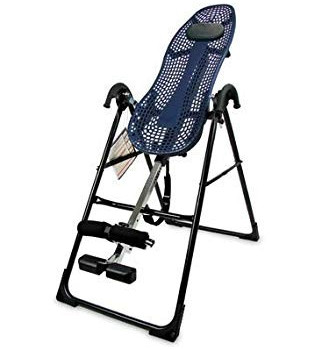FINALLY, I LISTENED
For many months, if not years, a massage therapist kept insisting that I should always stretch after resistance exercise. She noticed tightness in my chest, shoulders and arms. She even helped me do stretches.
I knew that she was knowledgeable, but her advice seemed to not sufficiently penetrate my consciousness in a lasting manner. My fault, not hers.
She kept saying that a muscle being developed is shortened and should later be elongated.
I was very aware that static stretching before a workout or athletic competition is not productive, i.e. warm-ups are good but cold stretching is not. Confusing the issue a bit was that dynamic stretching has always been considered helpful before a workout or athletic event.
Here is the difference:
- Dynamic stretching is warming up. Examples would be jumping rope before a tennis match or using very light weights before going heavy in resistance exercise.
- Static stretching is moving a stretch to the end of its range of motion and then holding isometrically.
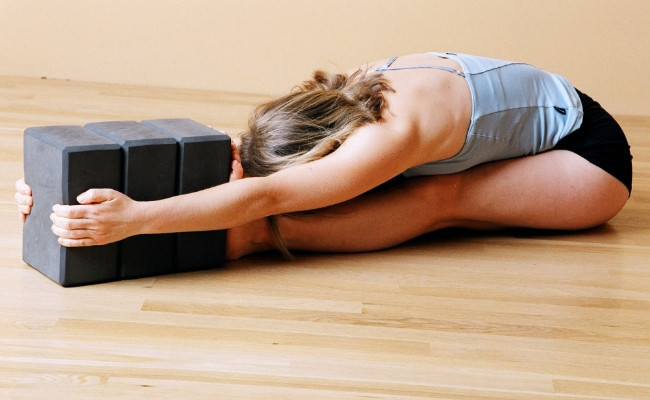
Back to my learning curve. I recently experienced a rotator cuff impingement. This limited what I could do with my right arm and shoulder, quite important since I am right-handed.
I decided to enlist in a series of physical therapy sessions, actually nine. My physical therapist immediately suggested stretching to increase my range of motion. She introduced me to new remedial stretches at every session. I ended up with about 40 different stretching modalities. She wondered why I had not been stretching after workouts before.
Her mantra was “Lengthen as you strengthen”. I had already decided that listening to professional advice was in my best interest.
My current plan is to do 14 stretches every day before I do any resistance exercise (which comes before I get on my treadmill). This is a 60-minute workout, primarily remedial and with no “pushing” movements by my right arm or shoulder. I will only do core, calf, back and triceps resistance exercises until my shoulder pain is totally eliminated. The triceps and back movements will be pulling motions only.
10 IMPORTANT REASONS TO STRETCH
This is paraphrasing the advice of Gyles Abbot of Fitbot Training:
- To prevent the stiffness and soreness of muscles after the many contractions of a workout
- To eliminate lactic acid
- To slow down the cooling process after working out (so we may stay energized)
- To stimulate blood flow back into your muscles
- To eliminate lower back pain, as we stretch the hamstrings and hip flexors
- To improve posture, as we stretch back, chest and shoulders
- To release muscle tension, such as stiff necks or tight shoulders
- To increase flexibility
- To tone your muscles and slenderize your body
- To reduce the risk of injury, as we increase range of motion
Check out the yoga movements shown below. If you are a yoga practitioner, you are an advanced “stretcher”.
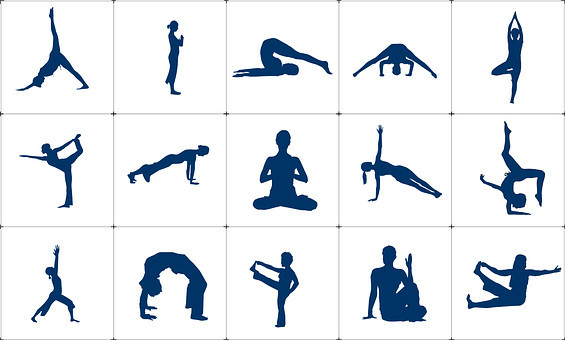
I mentioned that I have learned about 40 stretches to loosen up my shoulder and hopefully to heal it without surgery. One of these is to do the following:
- Stand upright in the center of a doorway, with elbows bent and hands on the sides of the doorway.
- Hands are at 60 degrees abduction
- Then step forward while keeping hands as they were
- Move your hips forward until you feel a stretch in your chest and shoulder
- Hold this position for 30 seconds, repeat 3 times.
- Then raise your hands to 90 degrees abduction and repeat the whole process
- Finally, raise hands to 120 degrees abduction and repeat everything.
Here is a visual showing several common stretches:
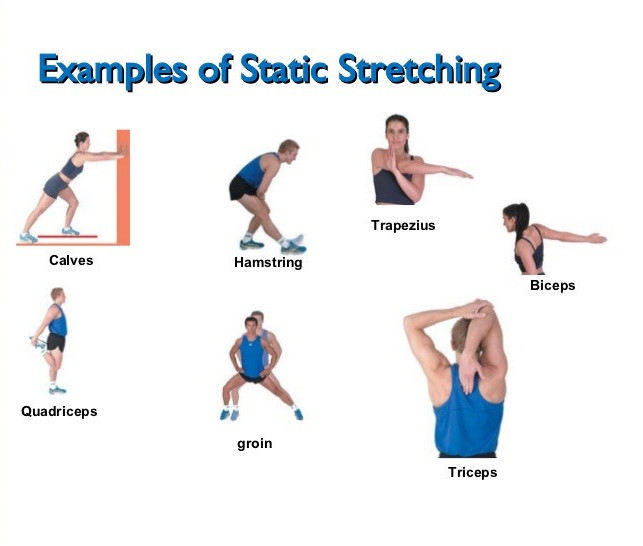
STRETCHING EQUIPMENT
There are many pieces of equipment that may be used to enhance the benefits of stretching. Here are a few. Most of these are through Amazon. As an Amazon associate, I may earn from qualifying purchases.
- Teeter Inversion Table, shown below. Learn more here. My Teeter inversion table is shown. It is about 20 years old. The updated version is shown in the link. My table helped me to eliminate sciatic pain.
- Yoga for beginners, showing 8 yoga routines by DVD
- Foam roller – for muscle massage and myofascial trigger point release
- Stretch bands for dancers
- Resistance bands with handles
- Yoga fitness stretching strap
- Bullworker Iso – Bow. Learn more here. See image below
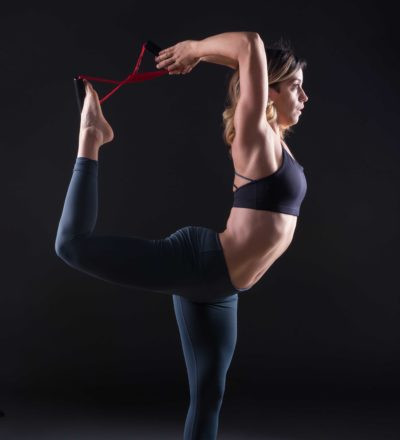
CONCLUDING
Famous bodybuilder Frank Zane always stretched between workout sets – to keep blood in the area being worked, as well as for greater flexibility and sharper muscle definition. He still trains bodybuilders and insists that they also stretch between sets. “Demands” may be a word more suitable than “insists”.
I have never been a serious bodybuilder, more a fitness advocate. But I regret my lack of stretching in past years.
Kudos to yoga people, massage therapists, physical therapists and others who have always realized the significance of stretching. You were ahead of the game.
For the uninitiated (like I was) – start stretching! Your body will thank you.
Please leave any comments or questions in the “Comments” box below or email me, richard@myworkoutathome.com. One request – give me suggestions for home workout topics that may interest you. This will help me immeasurably.
Happy stretching!
